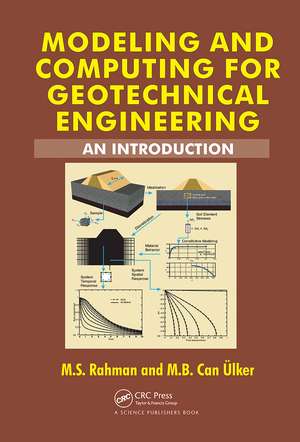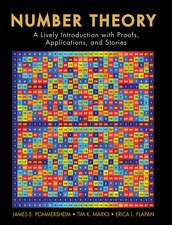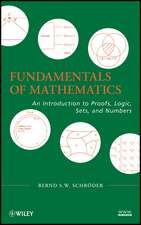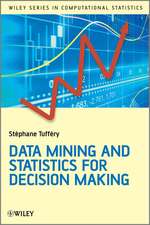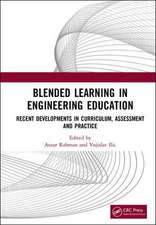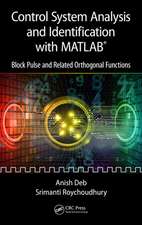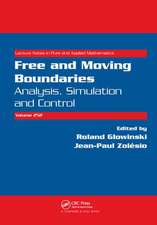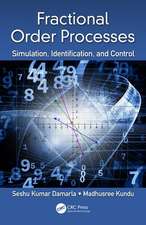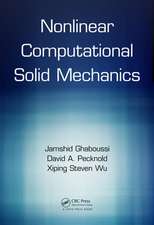Modeling and Computing for Geotechnical Engineering: An Introduction
Autor M.S. Rahman, M.B. Can Ulkeren Limba Engleză Paperback – 31 mar 2021
MATLAB® codes and MAPLE® worksheets are available for those who have bought the book. Please contact the author at mbulker@itu.edu.tr or canulker@gmail.com. Kindly provide the invoice number and date of purchase.
Toate formatele și edițiile
| Toate formatele și edițiile | Preț | Express |
|---|---|---|
| Paperback (1) | 401.75 lei 6-8 săpt. | |
| CRC Press – 31 mar 2021 | 401.75 lei 6-8 săpt. | |
| Hardback (1) | 1405.78 lei 6-8 săpt. | |
| CRC Press – 11 sep 2018 | 1405.78 lei 6-8 săpt. |
Preț: 401.75 lei
Preț vechi: 502.19 lei
-20% Nou
Puncte Express: 603
Preț estimativ în valută:
76.87€ • 80.26$ • 63.62£
76.87€ • 80.26$ • 63.62£
Carte tipărită la comandă
Livrare economică 05-19 aprilie
Preluare comenzi: 021 569.72.76
Specificații
ISBN-13: 9780367780906
ISBN-10: 0367780909
Pagini: 506
Dimensiuni: 178 x 254 x 26 mm
Greutate: 1.23 kg
Ediția:1
Editura: CRC Press
Colecția CRC Press
Locul publicării:Boca Raton, United States
ISBN-10: 0367780909
Pagini: 506
Dimensiuni: 178 x 254 x 26 mm
Greutate: 1.23 kg
Ediția:1
Editura: CRC Press
Colecția CRC Press
Locul publicării:Boca Raton, United States
Cuprins
Preface. Introduction. BASIC MECHANICS. Stresses and Strains. Physical Laws and Governing Equations. ELEMENTAL RESPONSE: CONSTITUTIVE MODELS. Elasticity. Plasticity Theory: Nonlinear Deformation of Soils. Viscoelasticity and Viscoplasticity. SYSTEM RESPONSE: METHODS OF ANALYSES. Analytical Methods. Semi-Analytical Methods. Finite Difference Method. Finite Element Method. Appendices. References. Index.
Notă biografică
M. S. Rahman is a Professor of Civil Engineering at North Carolina State University.
M. B. Can Ülker is an Associate Professor of Civil Engineering at Istanbul Technical University in Turkey.
M. B. Can Ülker is an Associate Professor of Civil Engineering at Istanbul Technical University in Turkey.
Descriere
This book introduces three phases involved in the modeling and computing of engineered systems: Idealization of the actual physical problem, Formulation of a mathematical model represented by a set of equations governing the response of the system, and Solution of the governing equations and graphical representation of the numerical results
